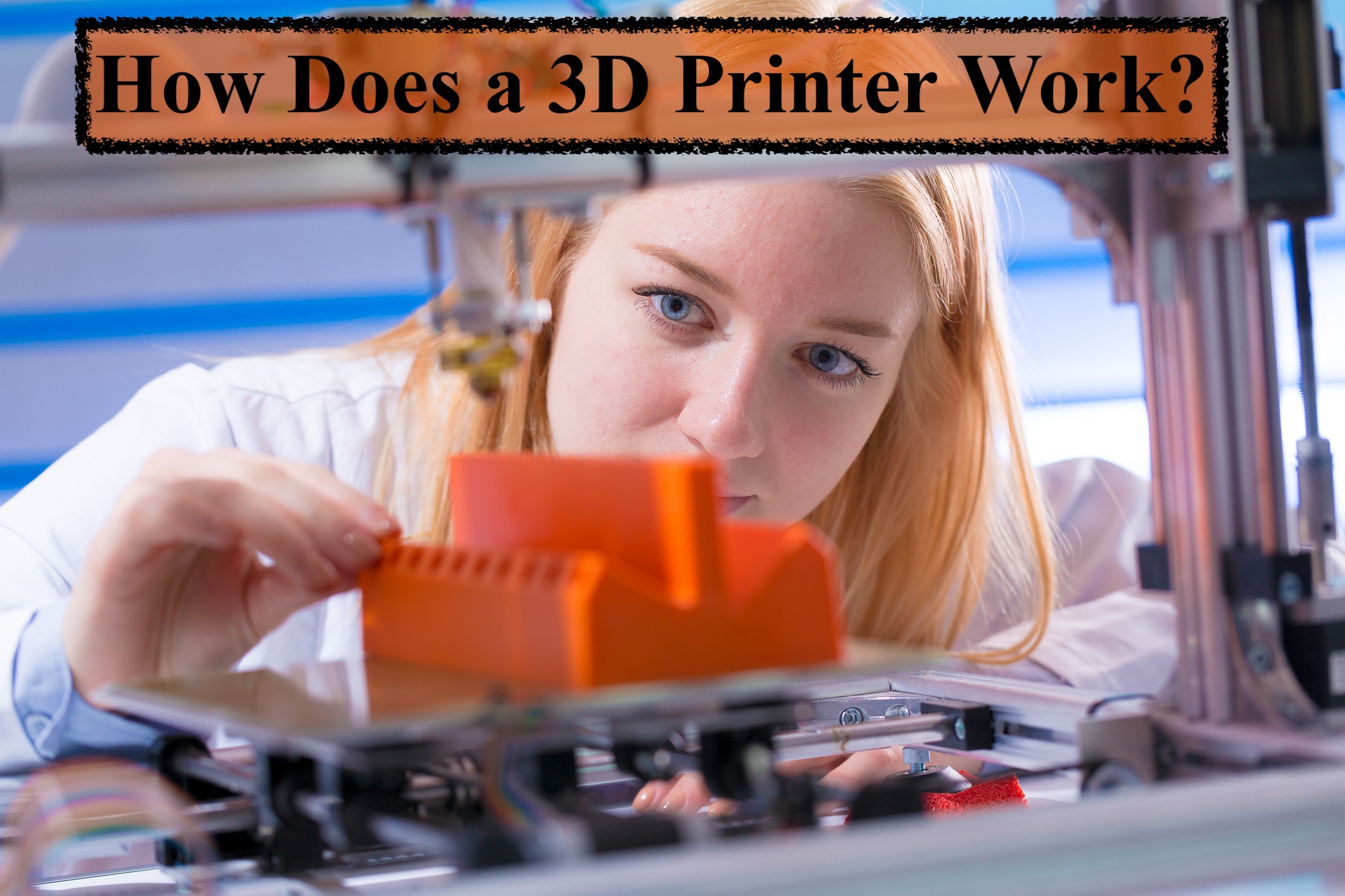How Does a 3D Printer Work? A Guide on What You Should Know
The market for 3D scanners is expected to reach $5.90 billion by 2023. Several factors are responsible for this rapid growth, including the fast technological applications, increasing application of 3D scanning in new market segments, and so on.
In this comprehensive guide, we’ll tell you all you need to know about 3D scanning, including how does a 3d printer work and its applications. Keep reading to learn more.
How Does a 3D Printer Work?
3D scanning is a form of technology that captures data from objects in the real world using a 3D scanner. The data collected is typically about the shape or appearance of the real-life object. The resulting 3d Scans can then be edited, saved, or printed.
3D Scanning Technologies
3D scanning technologies rely on various physical principles. Below are some of the top scanning technologies today.
1. Laser Triangulation
This technique projects a laser beam on an object’s surface and then measures the laser ray’s deformation to construct a 3D model.
2. Structured Light 3D Scanning Technology
This technology measures the deformation of the light pattern on the surface of an object to scan the shape of that surface in 3D.
3. Photogrammetry
This technique reconstructs the subject in 3D from images in 2D. The technique involves computer vision as well as computational geometry algorithms.
4. Contact-Based 3D Scanning
This technique relies on sampling several points on the surface of an object, determined by the deformation of the probe.
5. Laser Pulse Scanning
This technology is also referred to as time of flight. As its name suggests, this technique is based on a laser beam’s time of flight. Typically, the laser beam is projected on an object’s surface before being collected on a sensor.
The geometrical information of the surface is gotten from the time of travel of the laser beam from emission to reception.
Applications of 3D scanning
As we mentioned earlier, 3D scanning has applications in almost every imaginable sector. Below are five areas where this versatile and diverse technology is used.
1. Industrial Design
Few sectors have benefited more from 3D scanning technology than industrial design. Thanks to 3D scanning, it’s much easier to design new items and prototypes.
Many times, designers need to create products that work around objects and environments already in existence. A 3D laser scanner can help the designer to accurately capture measurements of existing objects to create prototypes that fit their applications perfectly.
3D scanning also simplifies the process of reverse engineering. Designers can quickly generate digital models of objects with incredible accuracy and mass-produce them.
2. Education
3D scanning is widely used for educational purposes. Many museums today scan and archive artifacts before releasing the designs online for those interested to access. Teachers and learners can download and print these designs and use them in class for learning.
3. Entertainment
The entertainment industry heavily relies on 3D scanning to capture and recreate real-world objects in the digital space. Countless movies and video games are made this way.
All computer-animated models, for instance, begin with hand-sculpted models. These models are then 3D scanned before being manipulated in the digital environment.
4. Manufacturing
Manufacturing firms around the world often rely on 3D scanning technologies to monitor and maintain the quality of equipment and products. Initial hand-tuned products are 3D scanned to create models that are used as the basis for mass production. 3D scanning also helps firms to monitor equipment wear with incredible precision, reducing the likelihood of failure.
5. Real Estate
Real estate agents are increasingly turning to 3D scanning techniques to provide virtual tours of properties to interested buyers. This kind of marketing is highly immersive, surpassing what pictures and videos can offer.
What Does the Future Hold for 3D Scanning?
3D scanning technology has undoubtedly come a long way. However, the filed is always evolving. Below are just some of the developments you can expect to see in the coming years.
Mobile Photogrammetry
An exciting frontier in 3D scanning is the ability to do 3D scans using your smartphone. As you can imagine, equipping your smartphone with external sensors is both expensive and impractical, photogrammetry is the preferred option.
Currently, top smartphone makers are working phones that can do photogrammetry. Some models with those capabilities are already in the market.
Integration with Artificial Intelligence
3D scanning may be a highly sophisticated process, but it still heavily relies on human intervention. People still decide whether the quality of a product manufactured with the aid of 3D technology is good enough or not. By integrating artificial intelligence into the scanning process, human intervention can be taken out of the equation.
Top Quality, Affordable 3D Scanners
3D scanners don’t come cheap. Top-quality desktop scanners cost thousands of dollars. Those that cost under a thousand dollars generally fall short when it comes to performance.
As the mainstream success of scanners for 3d printers continues, however, you can expect that more manufacturers will enter the industry. It’s only a matter of time before the prices of the equipment become more affordable.
The Future of 3D Scanning Remains Bright
3D scanning may have been around for decades, but that hasn’t diminished its relevance. As large industries continue to take notice of the incredible potential of this technology, more advancement in the field will be realized. Soon, this technology will even be available in the hands of every smartphone user.
There’s no question that now more than ever, the future of 3D scanning looks dazzling. You, therefore, must be able to answer “how does a 3d printer work?”
Would you like to read more great content like this? Please keep visiting our blog.






